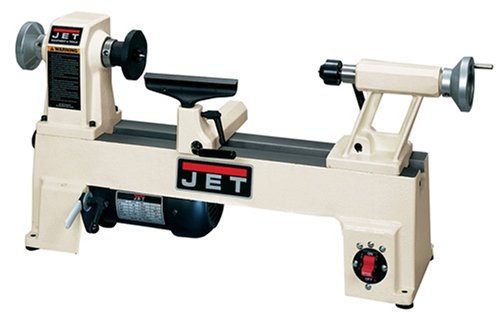Conducting Polymer Sensors
A polymer is basically a substance made up of many repeating chemical units (or molecules). Conducting polymers, as the name indicates, are conjugated polymers, organic compounds that have an extended p-orbital system, through which electrons can freely move from one end of the polymer to the other. The most common are polyaniline (PAni) and polypyrrole (PPY) [13]. A conducting polymer film is usually used as a sensor to detect vapours/odours using the same principles as those applicable for MOS*.
Polymers can be used for many devices combining unique optical, electrical, and mechanical properties. Conducting polymers can be used for optical effects and underlying physical processes.
Conjugated polymers e.g. poly(para-phenylene, polyaniline, and poly(p-phenylenevinylene) characterized by high flexibility
Most conducting polymers can be made to transfer electrons to other materials such as Buckminsterfullerene(Carbon 60 "C60 Buckyball") [13].
Both inorganic and organic materials can be used to create LEDs (light-emitting diodes), such as InGaN (Indium Gallium Nitride) materials or cadmium selenide nanocrystals, where the physical process involves quantum-wells.
Conducting polymers are made by 'electro polymerisation' of complex organic dyes specifically derivatives of the substances polypyrole, polyaniline and polythiophene.
Depending on the exact chemical structure of the polymer, each one can be given a different conductive behaviour. In this way, a list (or database library) can be built of different types of conducting polymer (i.e. sensors) with each one testing a different type of molecular.
a. Polymer Preparation
Conducting polymer sensors are made by chemical or electrochemical polarization from monomers: "aniline, pyrolle".
The addition of dopants (any kind of conductive materials) increases the polymer conductivity as they create an accumulation of positive or negative particles, e.g. self-doped polyaniline [13].
b. Sensing Mechanism
When the analyte interacts with the sensing surface (i.e. when a molecule in the sensor interacts with another molecule in the environment) the resulting output is a detectable signal [14]. This is the basic principle of the chemical sensor.
All polymers, in general, have a similar detecting mechanism. Chemical sensors based on conjugated polymers detect a variety of analytes and have the ability to detect these at low concentrations, this is because they contain a "Chromophore", a chmical group contained within the polymer where the energy for the excitation of an electron is very low [14].
When contact is made with analyte molecules, the conductivity of the "polymer" changes. A current will be created within the sensor in proportion to the concentration of the analyte.
The next step is that the generated current will usually be detected by the signal processing circuits in the MOD. A pattern will then be generated indicating the type of element/molecules in the sample.
c. Advantages of polymer sensors
1- They work within a wide range of operating conditions (e.g. variations in average
room temperature, pressure and humidity).
2- Functional groups that interact with different classes of odorant molecules can be
built into the active material, providing a high level of sensitivities and selectivity.
3- Organic materials tend to be easier to use than inorganic oxides, as they can be
used close to ambient environmental conditions than, for example, MMOS. Also,
they are more easily modified to react with specific gaseous species than inorganic
materials.
d. Disadvantages of polymer sensors
1 - Even though polymers can be made highly sensitive (point 2 above), organic
materials in general are usually poor conductors, and hence measurement
conductivity can be difficult.
2 - Can be thermally unstable.
3 - Can be sensitive to water.
* MOS = Metal Oxide Semiconductor.
Najib Altawell
References
[13] MacDiarmid A. G.,"Polyaniline and polypyrrolw: where are we headed?"Synthetic Metals 84 (1997) 27 -34
[14] Zhou Q. and Swager T. M. "Fluorescent Chemosensors Based on Energy Migration in Conjugated Polymers: The Molecular Wire Approach to Increased Sensitivity" J. Am. Chem. Soc. 1995, 117, 12593-12602
[15] Vaefolomeev S. (1999) "Conducting Polymer Sensors"
ASTEQ Technologies for sensors 1999
[16] Finklea, H. O., lecture notes (1998 ) "Gas Phase Sensors"
Department of Chemistry West Virginia University, Morgantown, WV 26506-6045
© Altawell 2008

